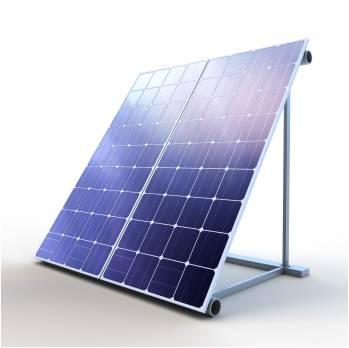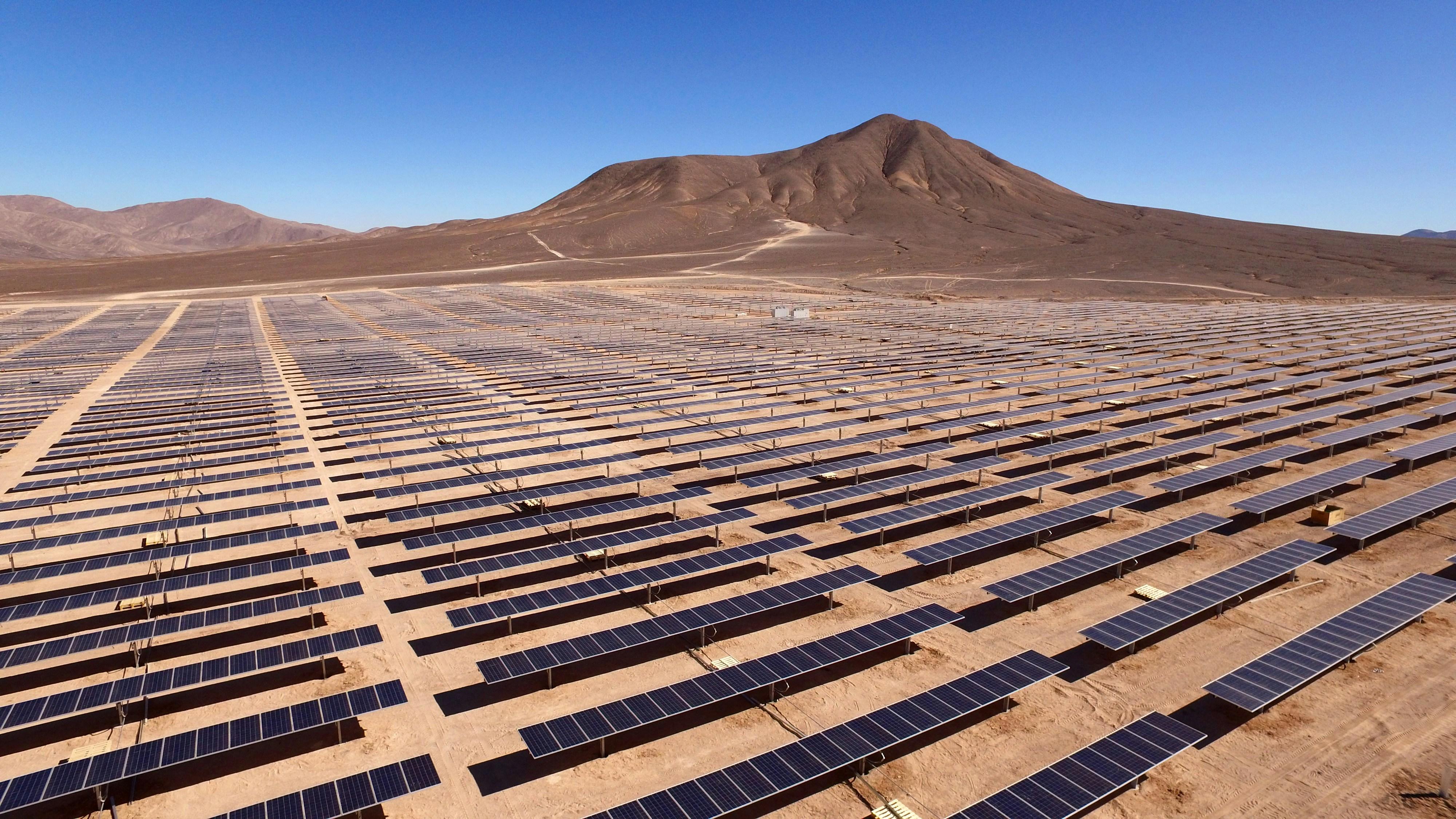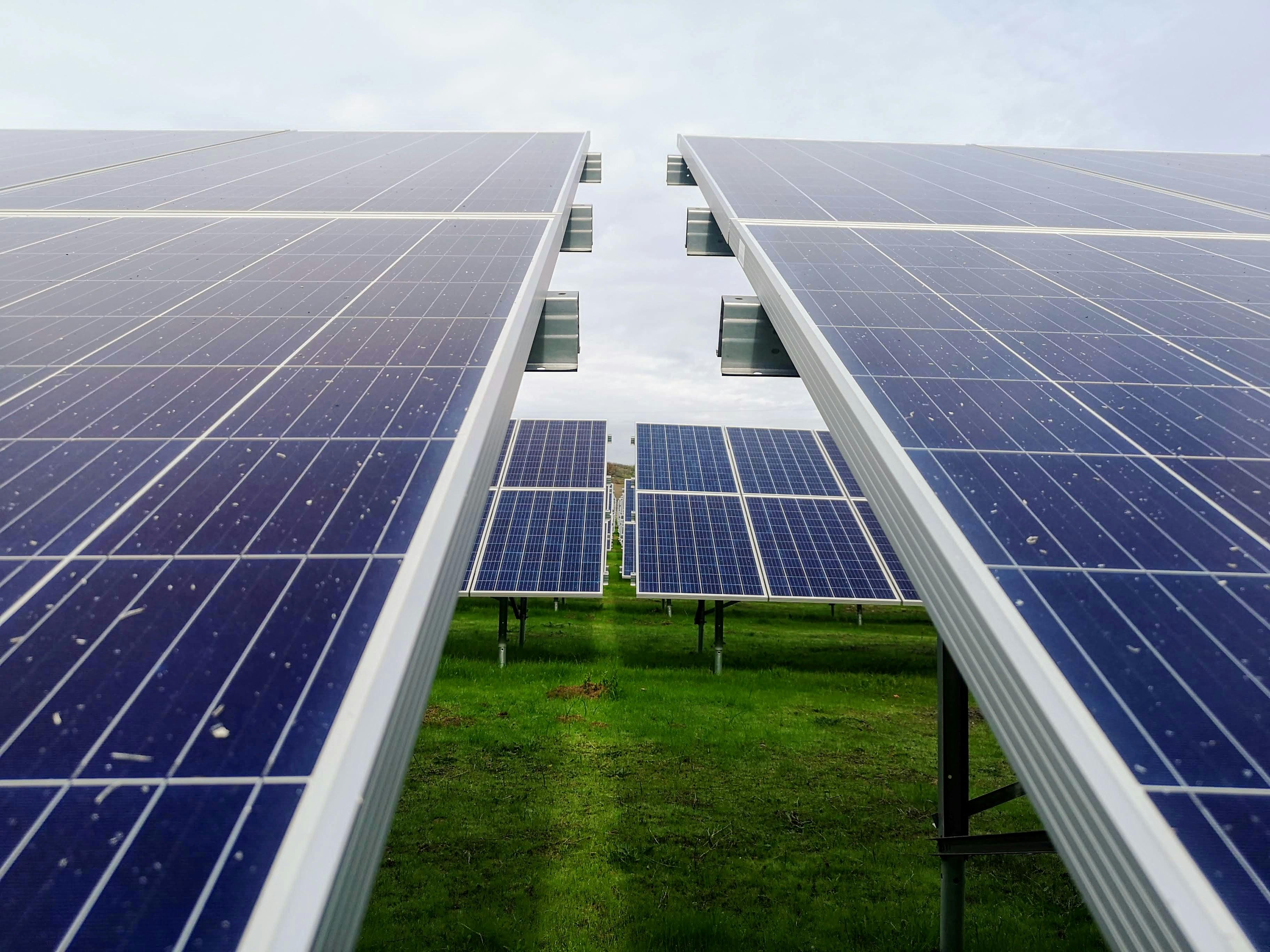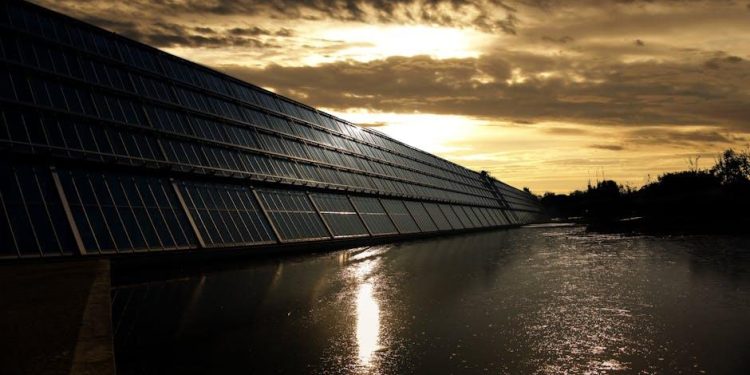In a world increasingly attuned to the rhythms of sustainability, solar panels have emerged as silent sentinels of renewable energy, capturing the sun’s rays and transforming them into power for our homes. For many, the idea of harnessing this boundless energy source is as appealing as it is daunting. As we stand on the precipice of a greener future, the question arises: how can we seamlessly integrate solar technology into our existing architectural landscapes? This article delves into the art and science of adding solar panels to existing roof setups, offering insights into the practical, aesthetic, and financial considerations that accompany this eco-friendly transformation. Whether you’re a seasoned environmentalist or a curious homeowner, join us as we explore the steps to illuminate your home with the power of the sun.
Selecting the Right Solar Panel Type for Your Roof
Choosing the ideal solar panel for your roof involves understanding the distinct characteristics and advantages of each type. Monocrystalline panels are a popular choice for those seeking high efficiency and a sleek appearance. They are made from a single crystal structure, which allows them to perform better in limited space and low-light conditions. On the other hand, polycrystalline panels are more cost-effective and have a slightly lower efficiency. They consist of multiple crystal structures, giving them a blue hue and making them a budget-friendly option for larger roofs with ample space.
Thin-film solar panels offer flexibility and lightweight advantages, making them suitable for unconventional or less sturdy roof structures. However, they generally require more space to match the output of crystalline panels. When selecting a panel type, consider factors such as roof size, aesthetic preferences, and budget. Key points to consider include:
- Roof space and orientation: Maximize efficiency by aligning panels with the sun’s path.
- Budget constraints: Balance upfront costs with long-term energy savings.
- Aesthetic appeal: Choose a panel type that complements your roof’s design.

Understanding Roof Compatibility and Structural Integrity
When planning to install solar panels, it’s crucial to ensure that your roof can support the additional weight and stress. The structural integrity of the roof is paramount to avoid any potential damage or safety hazards. Begin by evaluating the age and condition of your current roofing material. Older roofs might need reinforcement or replacement before installation. It’s advisable to consult with a professional who can assess whether your roof structure can handle the added load. They will check for signs of wear and tear, such as sagging or water damage, which could compromise the roof’s ability to support solar panels.
Different roofing materials have varying levels of compatibility with solar panel installations. For example, asphalt shingles are generally straightforward for panel mounting, while slate or tile roofs may require specialized mounting equipment to prevent breakage. Additionally, consider the roof’s orientation and pitch, as these factors influence solar energy efficiency. An ideal roof would have a south-facing slope with a pitch between 15 and 40 degrees. This orientation maximizes sun exposure and energy capture. assessing both the structural soundness and material compatibility of your roof is an essential step in preparing for solar panel installation.

Navigating Permits and Regulations for Solar Installation
When embarking on the journey to enhance your home with solar panels, understanding the myriad of permits and regulations involved is crucial. The process can be intricate, as it often involves coordinating with local government entities, utility companies, and possibly even your homeowner’s association. Start by researching your local zoning laws and building codes, which can vary widely depending on your location. These regulations will inform you of any restrictions or specific requirements, such as roof load capacity or aesthetic guidelines, that must be met before installation.
It’s also essential to secure the necessary permits, which typically include:
- Building Permit: Ensures that the structural integrity of your roof can support the solar panels.
- Electrical Permit: Required for the safe integration of the solar system with your home’s electrical network.
- Interconnection Agreement: A contract with your utility company to connect your solar system to the grid.
Consider consulting with a professional solar installer who can assist with navigating these requirements, ensuring that your installation is both compliant and efficient.

Maximizing Efficiency: Optimal Placement and Angle
Achieving the highest efficiency from your solar panels is all about precision in their placement and angle. For those looking to retrofit an existing roof, this means taking into account factors such as the roof’s orientation and the surrounding environment. Ideally, panels should face true south in the northern hemisphere and true north in the southern hemisphere to maximize sunlight exposure. If your roof isn’t perfectly oriented, adjustable mounting systems can be a game-changer, allowing you to tweak angles for optimal sunlight capture throughout the year.
- Consider roof obstructions: Chimneys, vents, and even tall trees can cast shadows that reduce efficiency. Position panels to minimize shadow impact.
- Assess tilt angle: The optimal angle is generally equal to your latitude, but seasonal adjustments can further enhance performance.
- Utilize professional tools: Employ solar pathfinder tools or apps to simulate sun paths and identify the best panel placement.
By meticulously analyzing these factors and employing innovative mounting solutions, you can significantly boost the energy yield from your solar panels, transforming your existing roof into a powerhouse of sustainability.
To Wrap It Up
As the sun dips below the horizon, casting a golden hue over the landscape, the journey of integrating solar panels into your existing roof setup draws to a close. With each step, from initial assessment to final installation, you’ve not only embarked on a path towards energy independence but also embraced a brighter, more sustainable future. The gentle hum of your new solar array is a testament to the seamless blend of technology and nature, harnessing the sun’s boundless energy to illuminate your home and reduce your carbon footprint. As you stand beneath the stars, powered by the very sun that lights the day, remember that this venture is more than just an upgrade; it’s a commitment to a cleaner, greener tomorrow. Let the light guide you forward, as you bask in the warmth of your newfound energy empowerment.

































